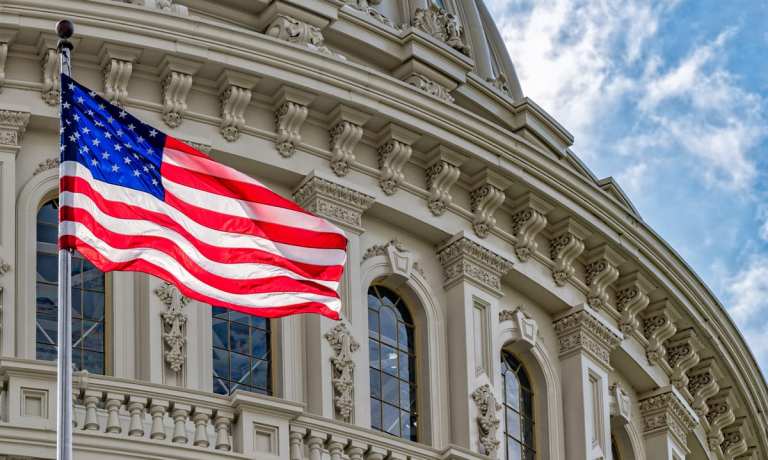How The Government Can Do Stimulus Checks Right The Second Time

When President Donald Trump signed the sweeping $900 billion pandemic relief bill into law on Sunday (Dec. 27), that put plans for stimulus payments to Americans into the headlines and onto the horizon once more.
Unfortunately, the last round of relief — in which the CARES Act got $1,200 stimulus payments into the hands of millions of Americans — could be summed up by one word: “headaches.”
Congress, the Department of the Treasury and the Federal Reserve now have to confront the ghosts of stimulus disbursements past, in which tens of millions of people needed to wait for payments to arrive via snail mail.
“In terms of setting up the process, the fact that we do still from a government perspective distribute so many of our federal payments to individuals in a paper fashion is an incredible challenge,” Wells Fargo’s Michelle Ziolkowski, senior vice president and head of Global Payables/Treasury Management, said in a PYMNTS panel.
As federal and state agencies work to reduce infection hotspots and jumpstart commerce, the new PYMNTS’ Disbursements Tracker for December noted that “pressure is on for these government agencies to upgrade their legacy infrastructures to facilitate a modernized, digital disbursements experience.”
The tracker stated that migrating to digital, instant disbursements could have a noted impact on the financial health of individuals by allowing for better security and possibly a better probability of economic recovery.
Shredding paper dependency is one method that government and companies are using to move money in a more expedient manner. However, checks aren’t so easily dislodged from the economy writ large.
“Modernizing means to deliver government disbursements in real time and with choice, making all relevant account types and payment methods available in a 24/7 omnichannel experience,” Ingo Money CEO Drew Edwards told PYMNTS in the tracker.
Edwards noted that over 50 million government checks are still issued each year. As a result, FEMA payments, VA benefits and IRS tax refunds in addition to ad-hoc stimulus relief would be among the largest use cases with the biggest need for modern payments.
PYMNTS research discovered that more than 58 percent of consumers received business or non-government disbursements via non-instant means, according to the tracker.
However, over 37 percent of consumers told PYMNTS back in January that they wanted instant disbursements — and the newest tracker noted that “the demand for instant payments that allow consumers to easily receive and spend their money has only grown since the start of the pandemic,” the tracker stated.